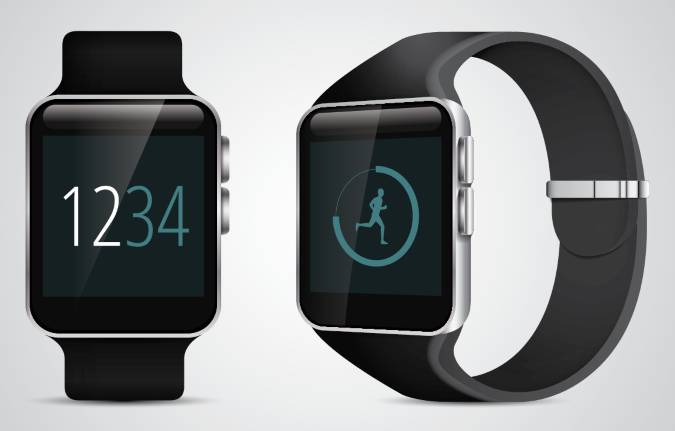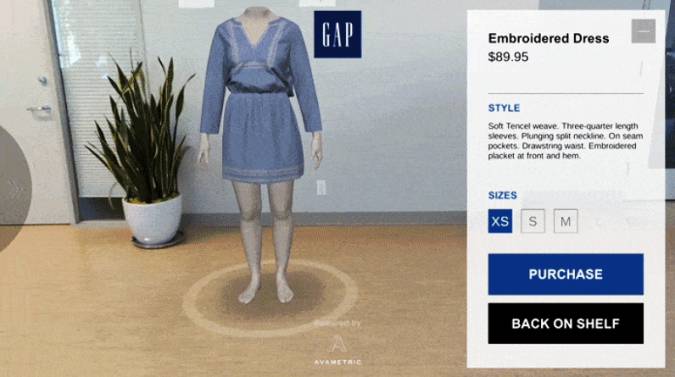How to Pick the Best Bluetooth Antenna
Bluetooth is a wireless technology that was created with the purpose of allowing data exchange over short distances, using the 2.4 GHz band.
Ericsson, the company that invented Bluetooth back in 1994, wanted to come up with an alternative to the slow RS-232 communication protocol. Bluetooth divides big data packets into smaller chunks, sending each packet to a separate channel, which has a 1 MHz bandwidth.

Bluetooth was designed with low power consumption in mind, so most Class 2 devices have a range of about 33 feet. But did you know that Class 1 devices, which are mostly used for industrial purposes, can have a range of up to 300 feet?
It is true that a typical laptop working in real-life conditions (think walls, interference with other electronics, etc.) will barely reach a Bluetooth range of 20 feet or so, but if you attach it the proper Bluetooth antenna, the range can be significantly improved.
Some people have managed to boost the Bluetooth range to as much as a mile – yes, that’s close to 5,300 feet! Read this article to discover how you should pick a great Bluetooth antenna.
Begin by asking yourself this question: is my device wearable? Common sense teaches us that the larger the antenna, the stronger the Bluetooth signal. But you simply can’t apply this rule if you’re thinking about replacing the antenna inside a smartwatch - the end result will look hilarious!

As a general rule, wearable devices will limit your options, because the antennas have to be tiny, and yet very effective. To make things even worse, most of the 2.4 GHz radio waves are absorbed by our bodies. Even if you are choosing a Bluetooth antenna for your smartphone, make sure to pick one that extends further away from your head.
What about range? If signal distance is crucial for you, be sure to pick a high-gain omnidirectional Bluetooth antenna. As mentioned above, people have managed to keep a strong signal even with distances that exceed 5,000 feet. To make this happen, though, all the devices that communicate through Bluetooth need to have high power Bluetooth chips and high gain antennas. The good news is that you can purchase decent Bluetooth antennas without breaking the bank, and even build your own antennas!

Is your device enclosed in a metal case? Solid metal will block the signal, so you will have to use an external antenna. Some devices are partially covered with metals, though, so you may be able to find a good spot for an internal Bluetooth antenna.
Sometimes you will be unable to add an internal antenna to your device. Don’t lose hope, though! You can always purchase an inexpensive Bluetooth USB adapter like this one, for example. I can’t recommend a specific manufacturer (I’ve only tried a few of them so far), but be sure to pick an adapter that has a removable antenna.
There aren’t too many models that have this feature, I know, but try and find one, because it will allow you to add a high gain antenna easily, in case that the one that came with the dongle isn’t powerful enough.
Assorted Internet News
Lego Launches a Social Network for Kids
I don’t know about you, but I’ve never played with Lego blocks when I was a child. This may explain why I simply love building all sorts of block-based creations with my daughter these days. We’ve created complex buildings, zoos filled with funny animals, and much more – often times, without having any instructions!
Something was missing, though. We wanted to share our creations with the world, and Facebook or Twitter weren’t the best channels, in my opinion. You want to share the results of your work with people who love Lego and can appreciate your efforts, right?
If you’ve been thinking along these lines, you will be happy to hear that Lego has just come with the idea of creating a place where kids can exhibit their creations for the entire world to admire. The company has created a social network for kids under 13 years of age.
The network is named Lego Life, and it uses an app that allows kids anywhere in this world to connect and share pictures of their creations. Children can post their own work, admire other kids’ creations, and even learn to build new stuff.

Lego Life works fine on regular computers, but it is also optimized for mobile devices. The network will offer support for several languages in the near future, and any kid can join for free.
According to its creators, Lego Life is going to be a 100% safe network; children need to register an account by using their parents’ email addresses, for example. It is good to know that Lego has worked with UNICEF and the FTC, making sure that the network meets all the required security aspects.
Workplace AI Keeps an Eye on You
Who hasn’t wasted at least a few minutes of time checking what’s happened on Facebook, or watching that silly cat movie on YouTube? I know I did – and sometimes several times per day!
But now, Workplace AI wants to change that, turning us all into productivity addicts. It was created by British firm StatusToday, which has joined forces with the GCHQ intelligence agency.
The resulting AI uses metadata from the person’s workplace habits, logging the name of the files that are accessed. The manager can also be alerted when unusual things happen - when people do things that they are not authorized to do, like downloading resources that they are not supposed to, etc.

Workplace AI may also be valuable for company owners who fear that their ex-employees may take valuable data with them before leaving the company. Managers will also be able to determine if employees take long lunch breaks, or break their usual work patterns.
It’s clear that at least some employees will start missing their privacy, and others will not accept to be monitored at their workplaces. Companies will need to inform people, once they apply for a job, that an AI system will be used to monitor their activity.
Augmented Reality Dressing Rooms
People who love Gap clothing will be able to try the clothes from their homes from now on. The Dressing Room app was created in collaboration with Google and Avametric, a San Francisco start-up.
Dressing Room makes use of augmented reality, allowing potential customers to try the clothes without having to visit a Gap store. People are asked their height and weight, and then a virtual 3D model appears on the screen, allowing them to cloth it with the items they like.

If a person likes the way the item looks on the virtual model, he or she can buy it. It’s a good move from Gap; most clothing companies went through a long period of sales decline. The reason for the decline is, at least apparently, Amazon, which has drawn lots of customers from its competitors by starting to sell its own clothes about a year ago.



